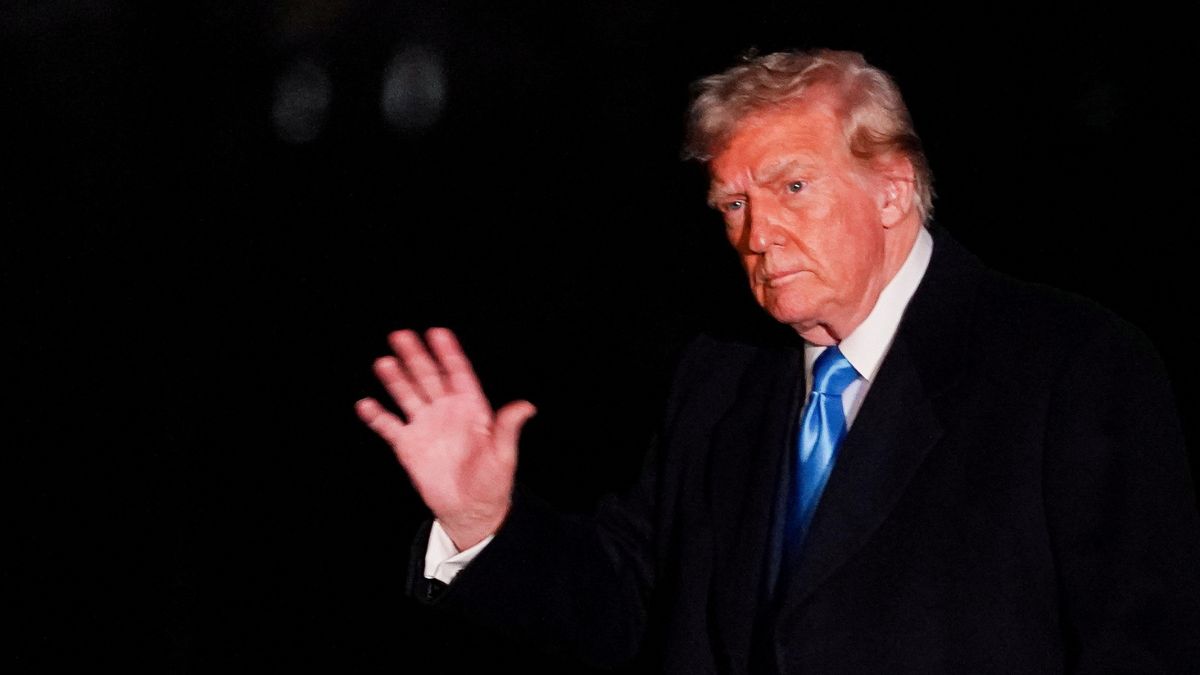Canada and China have announced plans to challenge the latest tariff measures imposed by United States President Donald Trump, seeking recourse through the World Trade Organisation (WTO) and regional trade agreements.
The move follows Trump’s decision to impose sweeping tariffs, with Canada facing a 25 per cent levy on most of its exports, except energy products, which will be taxed at 10 per cent. China, meanwhile, has been hit with a 10 per cent tariff on its exports to the US.
A senior Canadian official, speaking anonymously, confirmed that Ottawa considers these tariffs a clear violation of trade commitments and intends to pursue legal action through both the WTO and the US-Mexico-Canada Agreement (CUSMA).
“We will obviously pursue the legal recourse that we believe we have through the agreements that we share with the United States,” the official told AFP in a briefing.
China’s Ministry of Commerce has also strongly criticised the US decision , stating that it will file a legal complaint with the WTO while implementing countermeasures to protect its trade interests.
The ministry called on Washington to “engage in frank dialogue, strengthen cooperation, and manage differences on the basis of equality, mutual benefit, and mutual respect.”
How Canada & China plan to retaliate
Canada has unveiled a list of 1,256 US products that will be subject to retaliatory tariffs totalling 30 billion Canadian dollars. These tariffs, set to take effect on Tuesday, target a wide range of goods, including cosmetics, appliances, tires, tools, plastics, furniture, coffee, and alcoholic beverages.
Additional countermeasures could be announced in the coming weeks, potentially raising the total value of targeted products to 155 billion Canadian dollars (106 billion USD).
In response to China-specific tariffs, Beijing has pledged to implement countermeasures, though it has not yet specified the details. Historically, China has responded to US tariffs with levies on American exports but faces limitations due to its trade imbalance with the US.
Trump has justified the tariffs on China as a means to curb the flow of fentanyl into the US from Mexico. The Chinese government, however, has defended its actions, arguing that the root cause of America’s fentanyl crisis lies in domestic drug addiction issues rather than Chinese exports.
The Chinese ministry of commerce urged the US to approach such matters with “objectivity and rationality” rather than using tariffs as a tool of pressure.
The role of the WTO: Can it intervene?
The WTO, an international organisation with 164 member nations, is tasked with overseeing global trade and resolving disputes between countries.
In theory, the WTO can adjudicate complaints and issue rulings that allow the winning country to impose retaliatory tariffs. However, since Trump’s first term, the US has blocked the appointment of judges to the WTO’s appellate body, rendering it unable to enforce rulings effectively.
While the WTO can still convene panels to review cases, its inability to issue binding decisions has weakened its ability to mediate trade disputes.
The Trump administration has previously dismissed unfavourable WTO rulings, with former US Trade Representative Robert Lighthizer criticising the organisation for being “completely inadequate to stop China’s harmful technology practices.”
WTO rulings against Trump
The WTO has previously ruled against the Trump administration on multiple occasions. In 2018, China filed a complaint against the US over tariffs imposed on solar panels, arguing that they violated global trade rules and destabilised the international solar market.
That same year, China challenged additional tariffs imposed by Trump, leading to a WTO case that concluded in 2020.
A three-person WTO panel ruled that the US tariffs on Chinese goods were illegal under global trade rules because they were applied exclusively to China and exceeded the agreed-upon tariff rates without sufficient justification.
The ruling, however, had little impact as the WTO’s appellate body was non-functional due to the US blocking judicial appointments. Lighthizer dismissed the ruling, stating that it highlighted “the inadequacy of the WTO” in addressing China’s unfair trade practices.
In 2022, the WTO also ruled that Trump’s steel and aluminum tariffs from 2018 violated international trade rules. The Biden administration, however, rejected the ruling and refused to remove the duties, drawing criticism from the European Union.
Bernd Lange, chairperson of the European Parliament’s international trade committee, at the time, stated, “The USA’s reaction of simply rejecting the ruling is incomprehensible. We have to have an honest discussion with the US if they are moving away from a rules-based trading system, and if and how we can rescue the existing system.”
Canada, Mexico, and China are among the US’s largest trading partners, and the ongoing trade war could have significant economic repercussions, potentially slowing global economic growth and exacerbating inflationary pressures.
In response, Canada has announced a mechanism allowing businesses to apply for tariff relief under certain conditions.
Also Watch:
With inputs from agencies
)